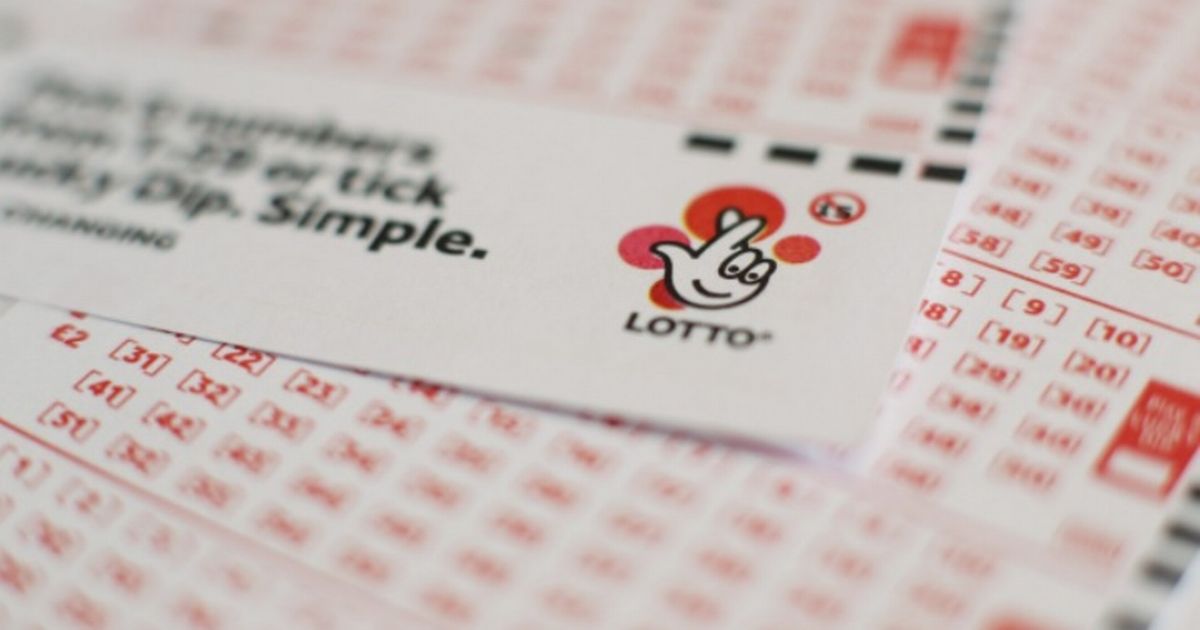
Are we truly ready for a seismic shift in finance? While traditional banking systems increasingly burdened by red tape and inefficiencies cling to the old ways, Ripple and XRP boldly step forward to redefine the financial landscape—this is not just a nice-to-have but an urgent necessity for instant settlements and blockchain ingenuity.
The fusion of blockchain technology with conventional finance has evolved from theory to an exhilarating reality. Ripple’s strategic takeover of Hidden Road signals a revolutionary chapter, positioning Ripple as a multi-asset prime broker uniquely able to meet the sophisticated needs of institutional investors. This acquisition fortifies Ripple’s aspiration to revolutionize cross-border transactions, empowering a diverse clientele, from hedge fund titans to savvy asset managers, to engage seamlessly in this new financial paradigm.
The impact of Ripple’s acquisition of Hidden Road promises to transform the digital finance arena. Teucrium’s CEO, Sal Gilbertie, aptly articulates this landmark event, underscoring its power to enable nearly instantaneous settlements across a spectrum of asset classes. Merging Hidden Road’s esteemed infrastructure with Ripple’s innovative capabilities amplifies the potential of the XRP Ledger; it is a gateway to a frictionless exchange between digital assets and traditional capital markets.
Gilbertie emphasizes a crucial aspect of this merger—it’s not merely about enhancing XRP’s utility; it’s a strategic leap that solidifies Ripple’s stature as an influential player in institutional finance, bridging the gap between legacy systems and the ever-expanding blockchain ecosystem.
Ripple’s central mission orbits around obliterating the conventional delays that plague traditional banking processes. Gilbertie succinctly captures this vision: “Forget waiting three days for wire transfers; we’re stepping into instant payments.” This proclamation reverberates across the fast-paced corridors of the financial world, reinforcing the real-world applicability of XRP as a catalyst for more rapid and reliable transactions.
By championing instant settlements, Ripple is set on modernizing the transactional landscape, granting institutions a formidable competitive edge in executing swift, efficient trades across assets. Consequently, XRP is evolving from a speculative digital token into an essential asset that optimizes institutional efficiency.
With Hidden Road’s infrastructure integrated within Ripple’s framework, XRP is poised to become the cornerstone of liquidity between traditional and digital marketplaces. This transition elevates XRP’s role in institutional trading and heralds a new chapter in liquidity provision.
Ripple’s collaborations with heavyweight players like BlackRock and Morgan Stanley magnify the stakes for XRP and the larger financial framework. This synergy fuels the advent of stablecoin integrations and on-chain transaction capabilities, revealing XRP’s burgeoning identity not merely as a digital currency but as a sophisticated financial instrument tailored for institutional execution.
As Ripple propels forward, intertwining traditional finance with the distinct advantages of blockchain, the principles of compliance and transparency take precedence. Adopting regulatory frameworks into Ripple’s innovative blueprint is imperative for sustainable success. It is vital that the leap from conventional finance to blockchain realms doesn’t sacrifice security on the altar of speed and efficiency.
This equilibrium is crucial for luring institutional clients who might hesitate to embrace new technological avenues. By emphasizing compliance alongside disruption, Ripple strengthens its credibility as a reliable partner in a swiftly evolving financial environment.
However, the progress Ripple is charting brings forth discomforting debates surrounding the risks of centralization within the blockchain. Ripple’s endeavor to develop a robust infrastructure for considerable institutional clientele raises alarms regarding the potential sidelining of smaller, innovative Web3 ventures.
The delicate balance between fostering innovation and maintaining accessibility will play a decisive role in shaping the wider acceptance and triumph of Ripple’s initiatives.
The tale of Ripple and XRP transcends mere technological advancements; it dares to challenge the very fabric of capitalism. As these trailblazers navigate the integration of traditional finance and digital currencies, institutions must strike a fine balance between their thirst for innovation and the promise of inclusivity. The dawn of a reimagined Wall Street—efficient, transparent, and sculpted by blockchain technology—is on the horizon, brimming with possibilities for those ready to embrace change.
As Gilbertie succinctly puts it, this venture is not just about technological overhaul; it’s about crafting “the new Wall Street that’s born from blockchain and moves with remarkable speed.” The future is unfolding, and it is charged with exceptional opportunities for the adaptable to seize.
Get started with Web3 Busineses effortlessly. OneSafe brings together your crypto and banking needs in one simple, powerful platform.
Digitap revolutionizes crypto-fiat transactions with the innovative $TAP token presale, harnessing AI for cross-border payments in the evolving digital finance landscape.
Discover how SMEs in Europe can leverage alternative crypto trading solutions during exchange downtimes to enhance reliability, reduce costs, and mitigate risks.
Ripple and XRP are redefining finance with instant settlements and blockchain technology, transforming institutional trading and cross-border transactions.
Begin your journey with OneSafe today. Quick, effortless, and secure, our streamlined process ensures your account is set up and ready to go, hassle-free










